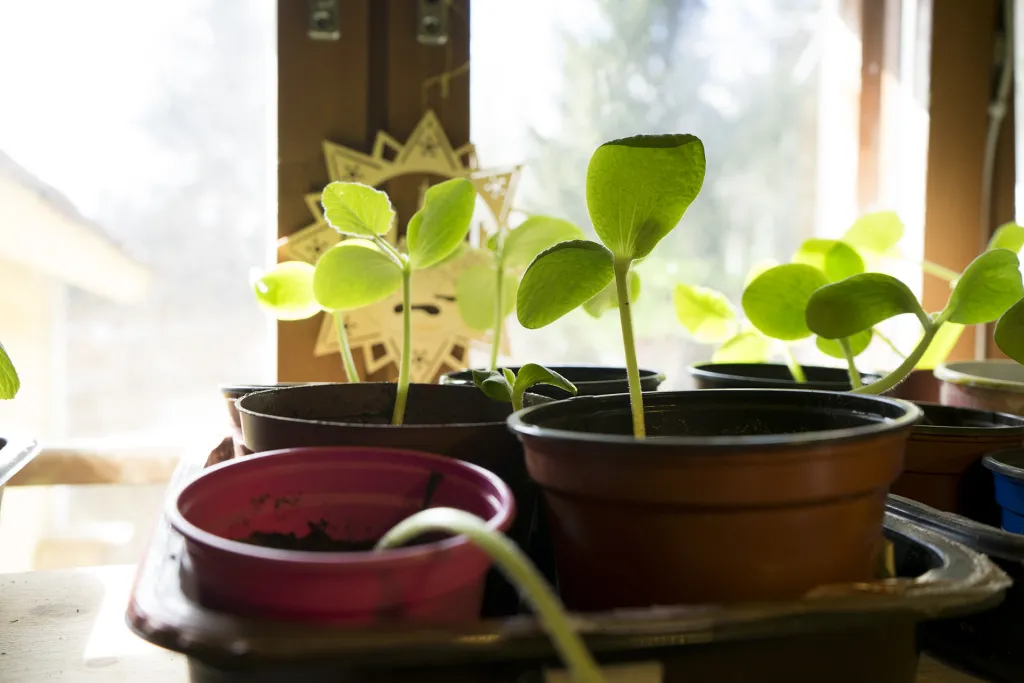Some examples of microclimates
- Urban heat islands: Cities tend to have a warmer climate than their surrounding rural areas, due to the heat-absorbing surfaces of buildings, roads, and other infrastructure.
- Mountain valleys: Valleys in mountainous areas can have a different climate than the surrounding peaks, due to differences in exposure to sunlight, wind, and precipitation.
- Coastal areas: Coastal areas can have a different climate than inland areas, due to the influence of bodies of water, which can regulate temperature and precipitation patterns.
- Forested areas: Forests can create a microclimate due to the shading and cooling effect of the tree canopy, as well as the protective effect of the trees against wind.
- Stones in the garden: Larger stones in the garden will act as a heat sink. They will store the heat and release it over night.
- Hedges between fields: Hedges between fields act as wind breaks and slow soil erosion. They also offer shelter for animals. Due to their larger root system they have a higher capacity for holding water.
Microclimates can be useful for gardening and agriculture, as they can provide a more favorable growing environment for certain crops, or provide a refuge from adverse weather conditions. By taking advantage of microclimates, it is possible to grow a wider range of crops and reduce the risk of crop loss due to adverse weather conditions.
In permaculture we always observer and see if there are any microclimates. If there aren't any but the design could benefit we could creat them.

